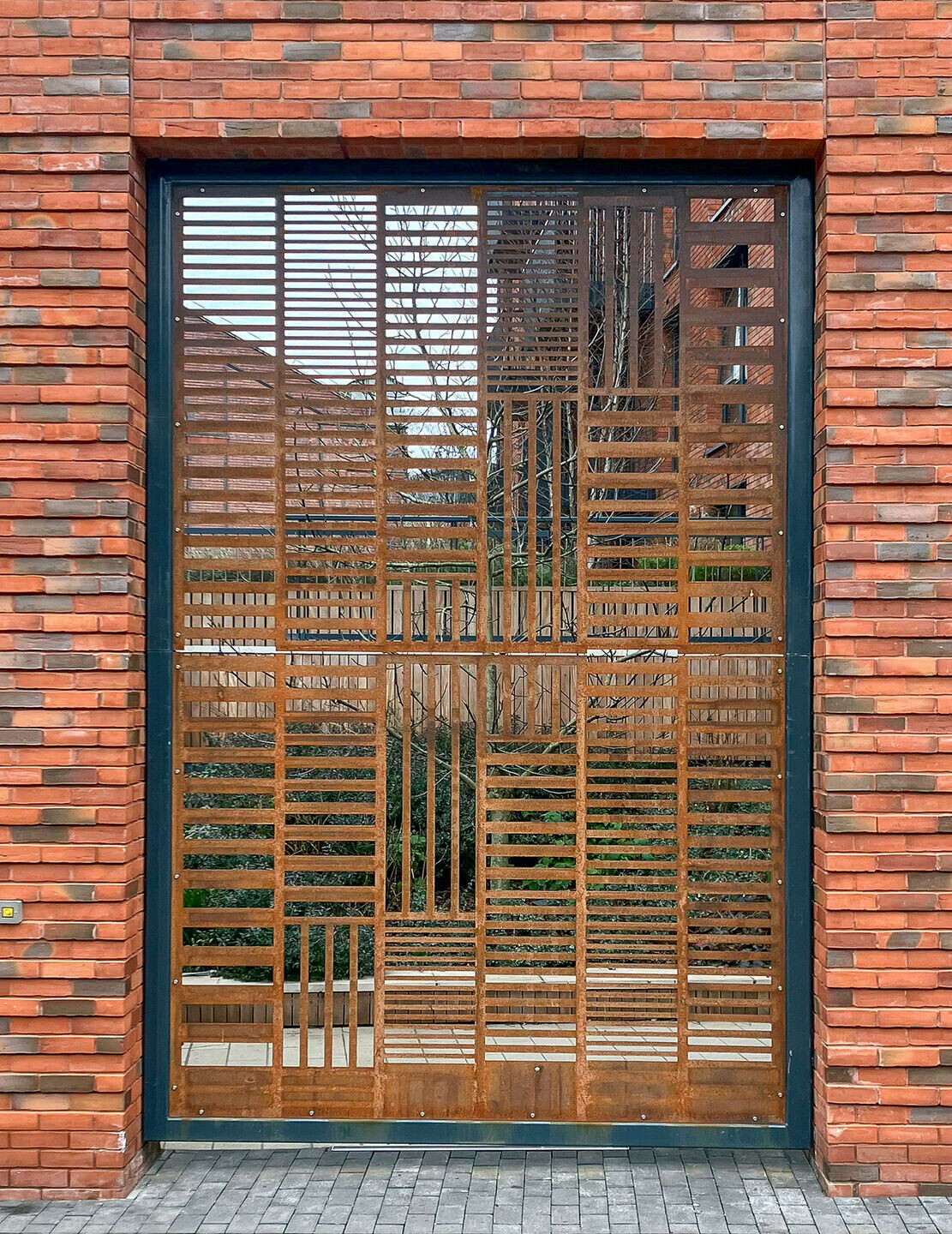This development has regenerated an under-utilised, contaminated brownfield site, and brings life to the city’s ‘inner ring’ of former employment land. Once the centre of the world’s gun manufacturing industry, Birmingham’s Gun Quarter was identified as an area of opportunity following its 20th Century decline, when a large part was demolished by post-war town planners. The key site issues were the detached location from the city centre, a lack of public spaces, poor quality walking routes, and industrial warehouses with no active frontages. The canal shortcomings included poor lighting, towpath access, and buildings which turn their backs on the watercourse. The site is located opposite St Chads, the city’s Grade II* listed catholic cathedral.

Snow Hill Wharf is arranged as five interconnected buildings on a long thin site within Birmingham’s historic Gun Quarter. The site was split into three local townscape character areas to generate a design which is sympathetic to its local context and has a clear and distinct identity. GRID Architects have successfully designed 404 high-quality, futureproofed homes with access to communal facilities including a 4.5m high gym spacs, a resident’s lounge, meeting rooms, work from home spaces, a library, and three courtyards with on-site play facilities for under 5s.

Homes are designed with views into the landscaped gardens and of the canal. A wide variety of different dwelling types are provided from one-bedroom flats for one person, to generous 2-bedroom flats for families, alongside additional duplex apartments with three bedrooms. The design addresses the site’s unique canalside character, opening views up to the water course and allowing views into the development’s courtyards from the towpath on the opposite bank.

Unfortunately, the planning consent did not permit extensive changes to the pavements or road surfacing nor even allowed additional street trees. However, inside the boundary line, soft landscaping on the street edge, new trees, and a courtyard frontage have created a greener streetscape and canalside than the factory that formerly occupied the site. Furthermore, the canal corridor aids pedestrian and cyclist movement with enhanced lighting and access providing a lively and safe route for active travel.

The architecture has been influenced by the surrounding industrial heritage and each building responds to its unique context. Pitched roofs mimic the industrial roof forms and building heights range from 3 to 21-storeys. The five buildings create two continuous frontages, splitting the development into two halves. Four of these buildings are pushed right up to the back of pavement to reinstate the historic building line, but relief is provided where one of the courtyards continues through from canalside to street.

The design uses the change in level to tuck a car park underneath the buildings and provide residents with three landscaped courtyards. The podium provides space for 408 secure bike racks to meet the 1:1 planning policy, and 139 enclosed car parking spaces keep cars out of sight. The location of the bike stores is prioritised overs cars, to be located closest to the entrance.

Tree planting visually marks the three buildings entrances, which are shared between blocks and being double height allow views from the street up to the podium level green courtyards. This enhances the entry sequence and the streetscape.

Entrances and windows overlooking Shadwell Street and the canal create passive surveillance. The residents of all five buildings have access to three courtyard gardens, and the majority of homes have balconies or roof terraces to meet the local planning policy to provide residents with private amenity space. The development was designed in close consultation with the Canal and River Trust to ensure that proposed canal improvements were positive and enhanced the environment along this piece of important ‘blue’ infrastructure.

Snow Hill Wharf will be a catalyst for other developments across the Gun Quarter. St Joseph’s expertise, high quality approach, and ability to deliver has raised the standard of residential development in Birmingham.







































